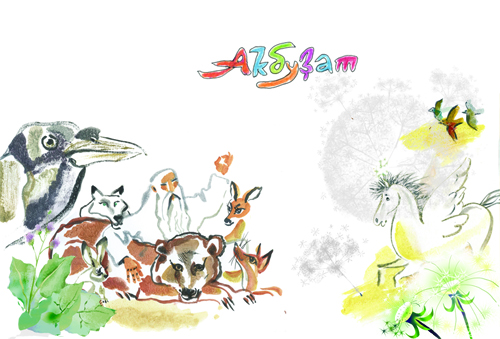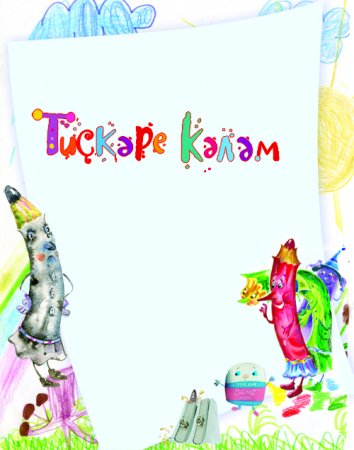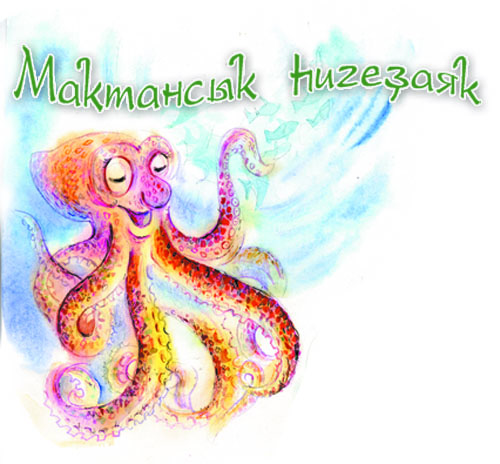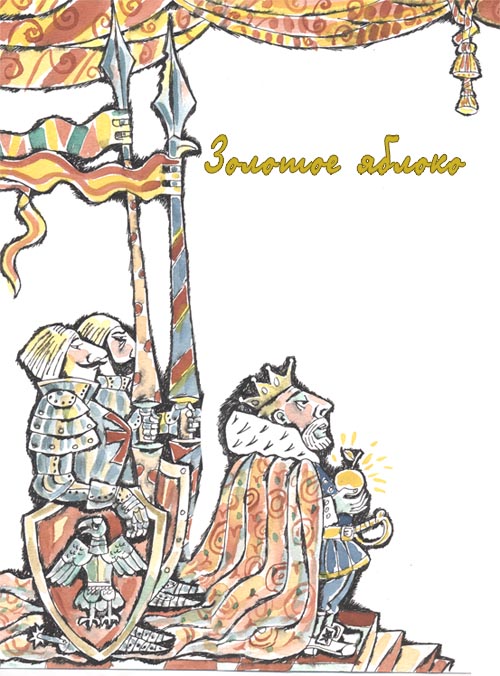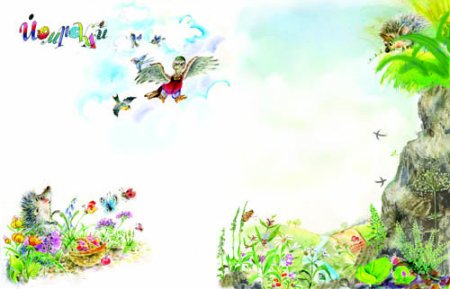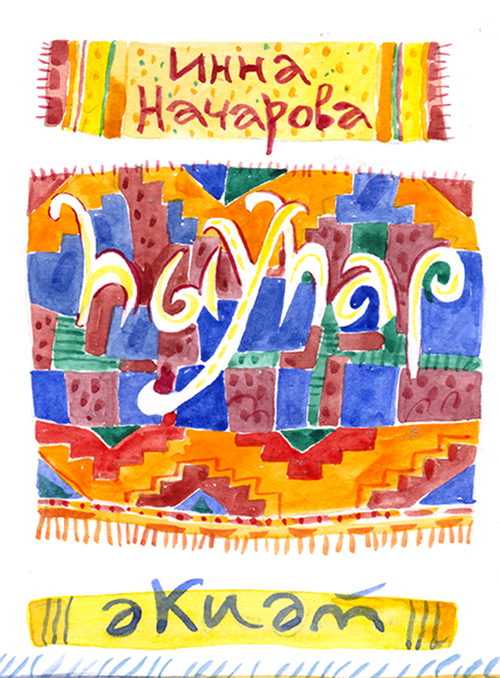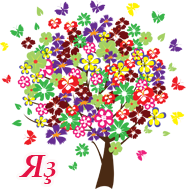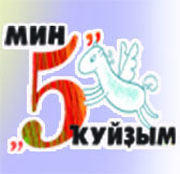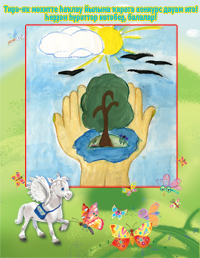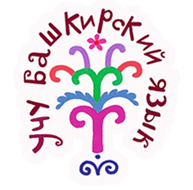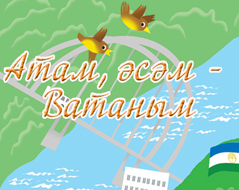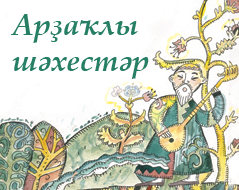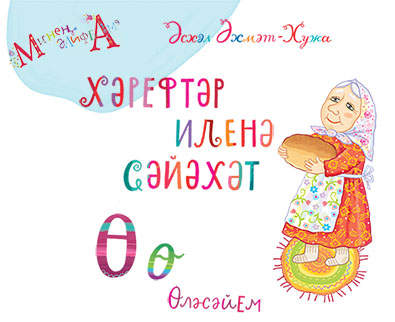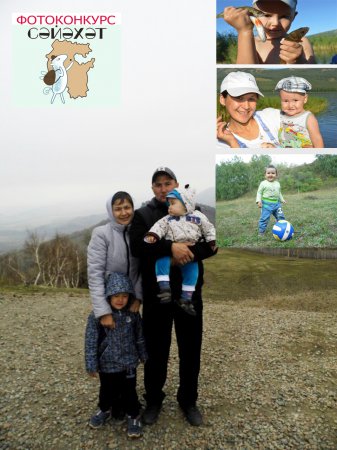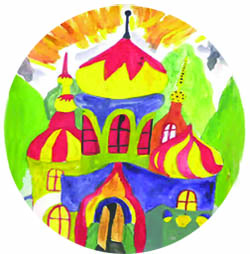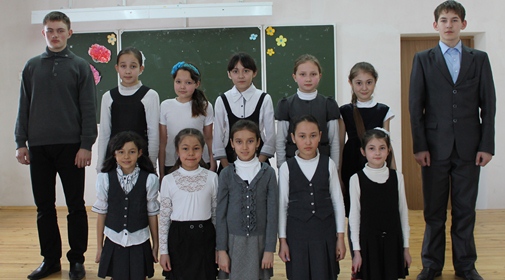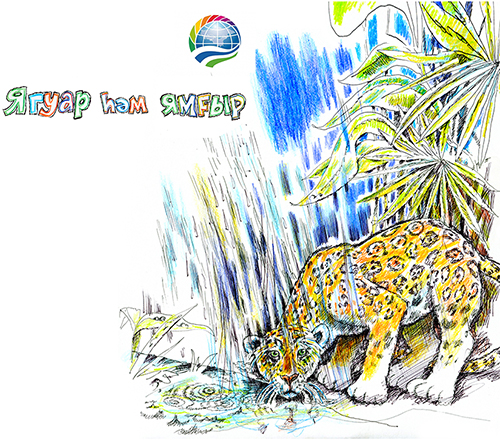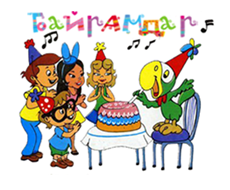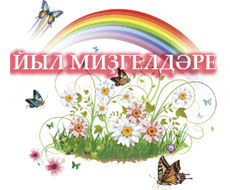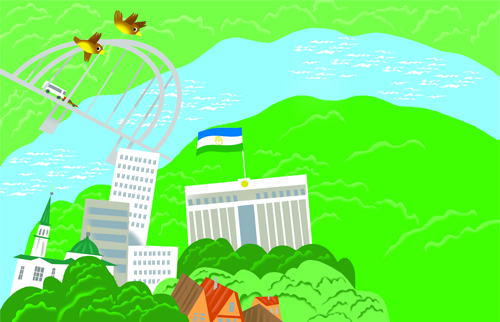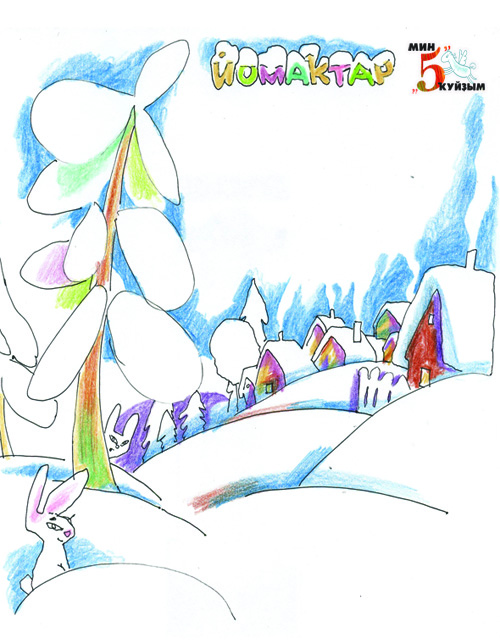Mazhit Gafuri
Баҫылды : 10-09-2013, 13:27 | Категория: Рубрикалар / Арҙаҡлы шәхестәр
Просмотров 1 234
Mazhit Gafuri (a pseudonym, the real name is Gabdelmazhit Nurganievich Gafurov) is one of the outstanding Bashkir writers. He is called a classic of Bashkir and Tatar literature, the founder of the posr-revolutionary Bashkir poetry. He witnessed three revolutions: of 1905, 1917 (February), and 1917 (October).His creative activity was many-sided and contradictory which was the reflection of the complexity of that epoch.
Though he is considered a Bashkir writer, he wrote in Tatar. The fact is that before the October revolution the Bashkir people had no written language of their own, that is why they were bilingual: they spoke the Bashkir language but wrote in the Tatar language. Later on when the Bashkirs got a written literary language some authors started to use it in their literary work, while others, Mazhit Gafuri among them, continued to write in Tatar. Though he knew the hardships and sufferings of his people very well he could not always see the ways out of poverty and ignorance to knowledge and happiness. So all these contradictions were reflected in his literary work.
Mazhit Gafuri was born in the village of Zilim-Karanovo which is now in Gafuri district. He was born to the family of a village halfa (teacher) in 1880. There were five children in the family. Mazhit was the youngest. At the age of 13 he became an orphan, because his parents died suddenly one after another. In order to study Mazhit had to copy books for rich people’s children, make meals and boil a samovar for them.
Being a very inquisitive young man, Mazhit went to Ufa, Troitsk and other places to look for medresses (moslem schools) where he could get education. In 1898, Mazhit managed to become a pupil of a medresse in Troitsk. At that period he began to write poems. His first poem “To the Pupils of the Priest” was shown to the pupils of the medresse. Some of them got angry with Mazhit for what he had depicted in the poem, the others liked the contents of the poem, because Mazhit knew the life in the medresse very well and described it quite realistically.
Later on the necessity of education for common people as a means of overcoming poverty and sufferings became the leading idea of his poems.
After the Troitsk medresse he continued his education in the medresses “Mukhammadia” in Kazan and later “Galia” in Ufa.
Mazhit Gafuri wrote not only poems, but also stories, novels and plays, for example, stories “The Blackfaced”, “At the Poet’s Gold Fields”, a drama “The Red Star”. His works are very popular among the Bashkirs, as well as other people in Bashkiria and Russia. They are translated into many languages.
Mazhit Gafuri’s social activities played an important role in the development of Bashkir literature of the 1920-1930s. His name is given to one of the streets in the capital of the republic and the Bashkir Academic Drama Theatre. There is a house-museum of Mazhit Gafuri in Ufa.
(After Г.Рамазанов. Мажит Гафури. - М., 1980)
Though he is considered a Bashkir writer, he wrote in Tatar. The fact is that before the October revolution the Bashkir people had no written language of their own, that is why they were bilingual: they spoke the Bashkir language but wrote in the Tatar language. Later on when the Bashkirs got a written literary language some authors started to use it in their literary work, while others, Mazhit Gafuri among them, continued to write in Tatar. Though he knew the hardships and sufferings of his people very well he could not always see the ways out of poverty and ignorance to knowledge and happiness. So all these contradictions were reflected in his literary work.
Mazhit Gafuri was born in the village of Zilim-Karanovo which is now in Gafuri district. He was born to the family of a village halfa (teacher) in 1880. There were five children in the family. Mazhit was the youngest. At the age of 13 he became an orphan, because his parents died suddenly one after another. In order to study Mazhit had to copy books for rich people’s children, make meals and boil a samovar for them.
Being a very inquisitive young man, Mazhit went to Ufa, Troitsk and other places to look for medresses (moslem schools) where he could get education. In 1898, Mazhit managed to become a pupil of a medresse in Troitsk. At that period he began to write poems. His first poem “To the Pupils of the Priest” was shown to the pupils of the medresse. Some of them got angry with Mazhit for what he had depicted in the poem, the others liked the contents of the poem, because Mazhit knew the life in the medresse very well and described it quite realistically.
Later on the necessity of education for common people as a means of overcoming poverty and sufferings became the leading idea of his poems.
After the Troitsk medresse he continued his education in the medresses “Mukhammadia” in Kazan and later “Galia” in Ufa.
Mazhit Gafuri wrote not only poems, but also stories, novels and plays, for example, stories “The Blackfaced”, “At the Poet’s Gold Fields”, a drama “The Red Star”. His works are very popular among the Bashkirs, as well as other people in Bashkiria and Russia. They are translated into many languages.
Mazhit Gafuri’s social activities played an important role in the development of Bashkir literature of the 1920-1930s. His name is given to one of the streets in the capital of the republic and the Bashkir Academic Drama Theatre. There is a house-museum of Mazhit Gafuri in Ufa.
(After Г.Рамазанов. Мажит Гафури. - М., 1980)
(голосов:0)
Оҡшаш материал
{related-news}
Комментарийҙар
